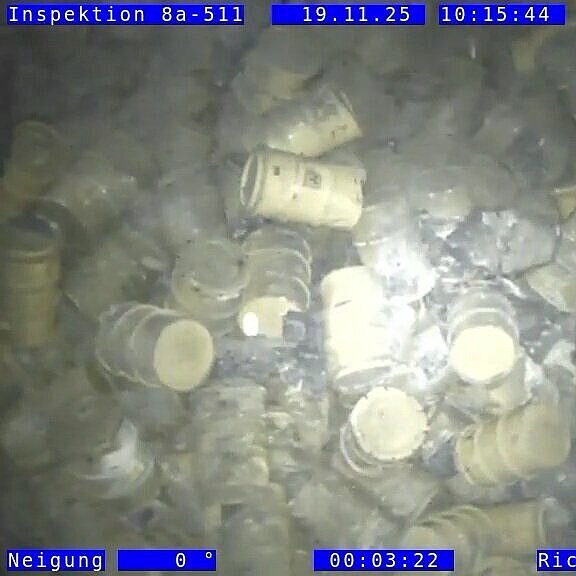Prime example of the energy transition honored
Innovative energy concept in Hamburg: "CHP plant of the year 2024" awarded
The German Combined Heat and Power Association (B.KWK) and E&M jointly presented the certificate for the "CHP plant of the year 2024" in Hamburg. A neighborhood concept convinced the jury.
The implemented energy concept for the new residential district "Helling - Quartier für bunte Leben" is a "prime example with a cost-effective electricity and heat price that was implemented with technology that already exists," said Andreas Bodensteiner, Managing Director of CHP manufacturer KW Energie, summarizing the district project that received the "CHP of the Year 2024" award. In Hamburg, the trade journal Energie & Management and the German Combined Heat and Power Association have now presented the winners of the "CHP of the Year 2024" with their certificates.
A high-ranking jury from the CHP industry association traditionally selects a winning plant from the "CHP units of the month" published by E&M each year. This time, the choice fell on one of the smallest CHP plants presented under the heading in E&M in 2024.
At the award ceremony in Hamburg on February 19, B.KWK President Claus-Heinrich Stahl said that this award-winning plant demonstrates what the association stands for: a highly efficient CHP concept with a high proportion of renewables. The approach of the energy concept for the newly built residential quarter on Dieselstrasse in Barmbek is truly holistic.
The Hamburg contracting service provider "FRANK Ecoenergy" implemented it on the site of the former shipbuilding testing facility. The company Sager & Deus was responsible for the plant construction and the CHP unit was supplied by the manufacturer KW Energie.
The energy concept is holistic
In this new residential quarter in the north-east of Hamburg, not only are 149 apartments built to the KfW "Efficiency House 40" standard with a gross floor area of around 20,000 square meters supplied with electricity and heat at low cost. Residents also have access to two underground car parks with 86 parking spaces, 64 of which are electrified.
The energy supply concept consists of a central heat supply system. A flexibly controllable electric heat pump takes over the base load of the heat supply in the heating period, covers the heating load in the transitional period and supports hot water preparation in the summer. In addition, a combined heat and power unit with an electrical output of 22 kW and a thermal output of 51.2 kW is in operation all year round. Peak loads occurring in winter are covered by a peak load boiler with a total thermal output of 380 kW. All roof surfaces are designed as solar green roofs to generate renewable electricity.
The electric heat pump, the CHP unit and the photovoltaic system are coordinated in such a way that the heat pump is mainly supplied with the electricity produced in the district by the CHP unit and the PV system.
The heat source for the heat pump is the combined sewer running directly next to the construction site. The wastewater has an average temperature of over 25 degrees Celsius when it leaves the houses and has an annual average temperature of 15 degrees Celsius in the sewer system (summer: 18 to 22 degrees Celsius; winter: 10 to 12 degrees Celsius). This means that there is a constant and renewable source of energy at a comparatively high temperature level.
A heat exchanger system with a total length of 106 meters and an overflowed heat exchanger area of 64 square meters was installed in the existing sewer. This length makes the wastewater heat exchanger the longest of its kind in the Hanseatic city. The wastewater heat exchanger and heat pump are central elements of the heat generation system and contribute significantly to the efficiency of the system.
The B.KWK jury
- Claus-Heinrich Stahl (B.KWK)
- Gebhard Gentner (Stadtwerke Schwäbisch Hall)
- David Weiblein (BTB Berlin)
- Marek Preißner (Infracon Infrastruktur Service GmbH & Co. KG, Leipzig)
- Prof. Dr. Bernd Thomas (Reutlingen University)
The award-winning CHP concept particularly impressed the jury with the following aspects:
1. the special feature of the project is that it supplies a neighborhood with energy based on the principle of an innovative CHP plant with sector coupling for electricity use.
2. the provision of 64 electrified parking spaces demonstrates that the energy transition is being viewed holistically with electromobility and that it is also looking beyond the horizon.
3. the CHP of the year is future-oriented, as it complies with the Building Energy Act (GEG) with more than 65 percent renewable heat.
Author: Heidi Roider



